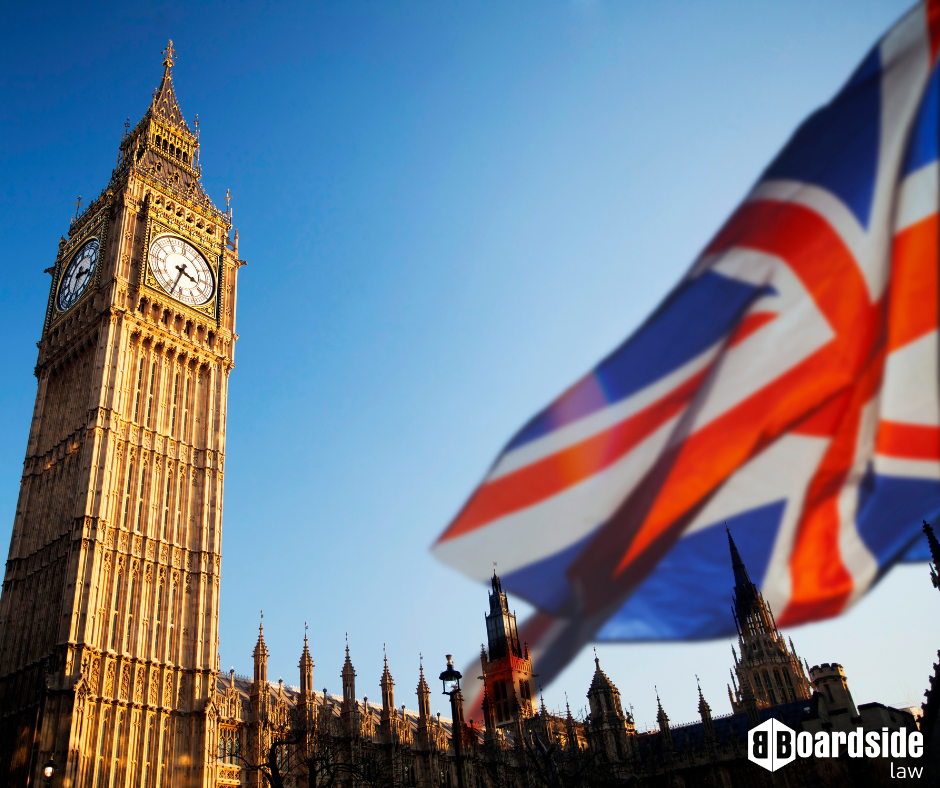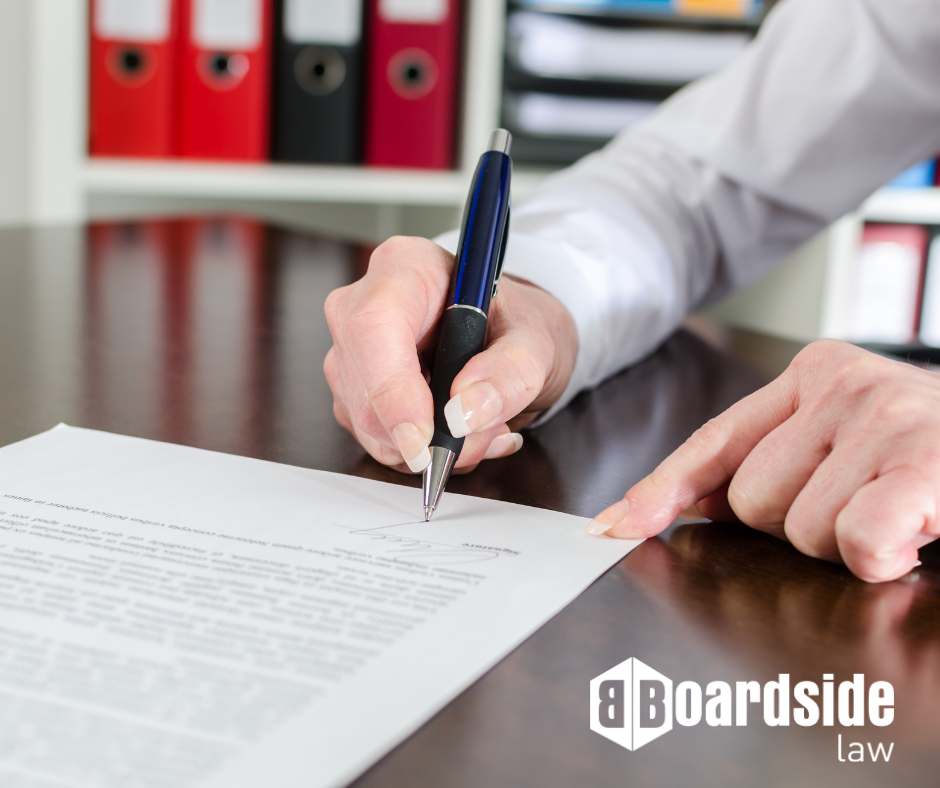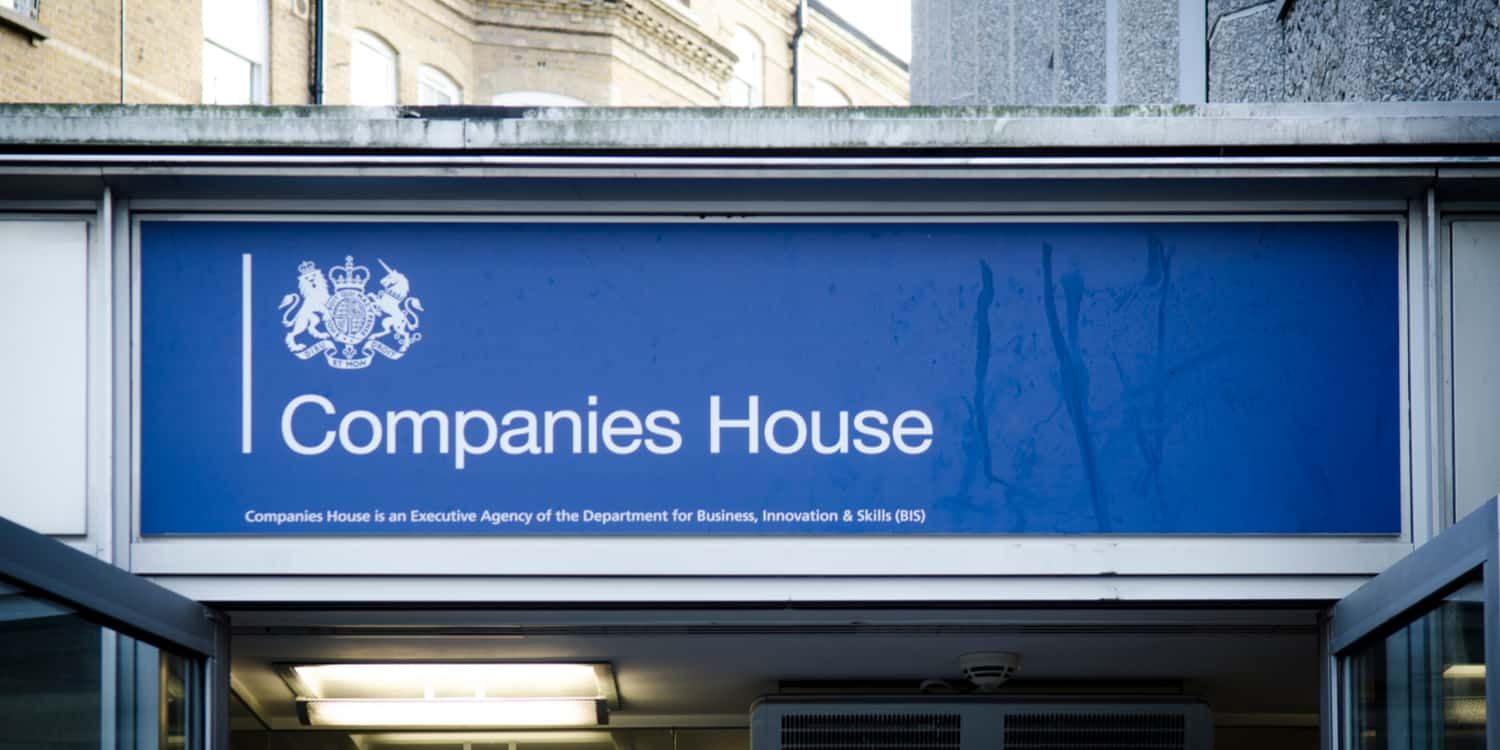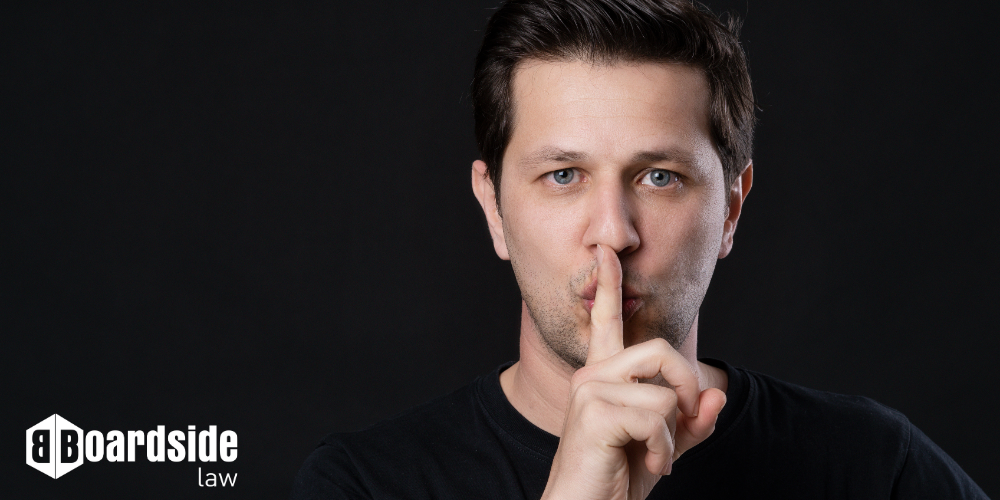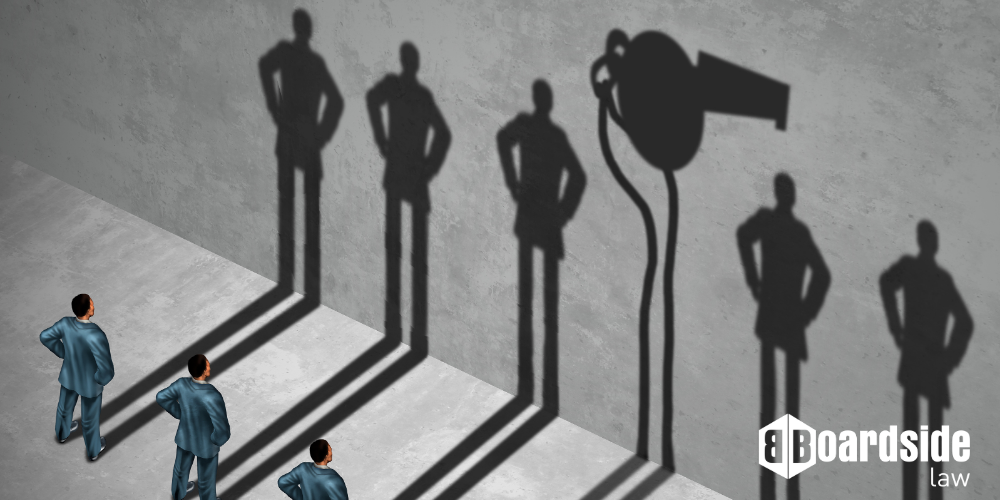Sexual Harassment: when do social spaces become ‘The Workplace’?
Sexual Harassment: when do social spaces become ‘The Workplace’?

Boardside Law has received a recent flurry of new instructions (both from employees and employers) involving allegations of sexual harassment in the workplace, in settings beyond the traditional office. An increasing number of recent cases relating to this topic have also hit media headlines. This has sparked debate over how broadly, or narrowly, the law defines ‘the workplace’ in the context of sexual harassment, prompting employers to ask a timely question: what actually counts as ‘the workplace’ in legal terms?
Under section 26 of the Equality Act 2010, sexual harassment in the workplace occurs when someone experiences unwanted conduct of a sexual nature that has the purpose or effect of violating their dignity or creating an intimidating, hostile, degrading, humiliating or offensive environment.
While traditional workplace settings are straightforward, modern workplace boundaries increasingly extend to work-related social events, virtual spaces, or any setting where employees interact in a professional capacity, even if not at the office.
The recent example of the CEO of US company, Astronomer, in relation to the Coldplay "Kiss-Cam" controversy (which took place in the US), highlights the risks which can be involved for staff in the UK as well, at all levels, in a variety of different settings.
Another key point to consider in this context is that of power imbalance. Power dynamics can cloud consent. What may appear consensual can become problematic when one person has authority over another. Even consensual conduct may cross into harassment if it creates a hostile or degrading environment, once context and imbalance are considered.
Where does ‘The Workplace’ end?
Examples of environments that may be considered part of the “workplace” under the new laws relating to sexual harassment include:
- social functions such as corporate events, networking events, evenings out, or conferences;
- professional settings outside the office, for example client dinners, team-building trips;
- virtual interactions, such as video calls or shared online forums;
- a company-sponsored night out, even at a gig or festival, where the attendance list is work-based;
- a WhatsApp group used for team coordination but which includes personal content;
- an awards evening where staff are mingling with senior leadership.
The key consideration is whether the event or interaction is part of, or closely associated with, the employment relationship, and whether the conduct in question can reasonably be seen to affect the dignity or experience of someone in their professional capacity.
Boardside Takeaways
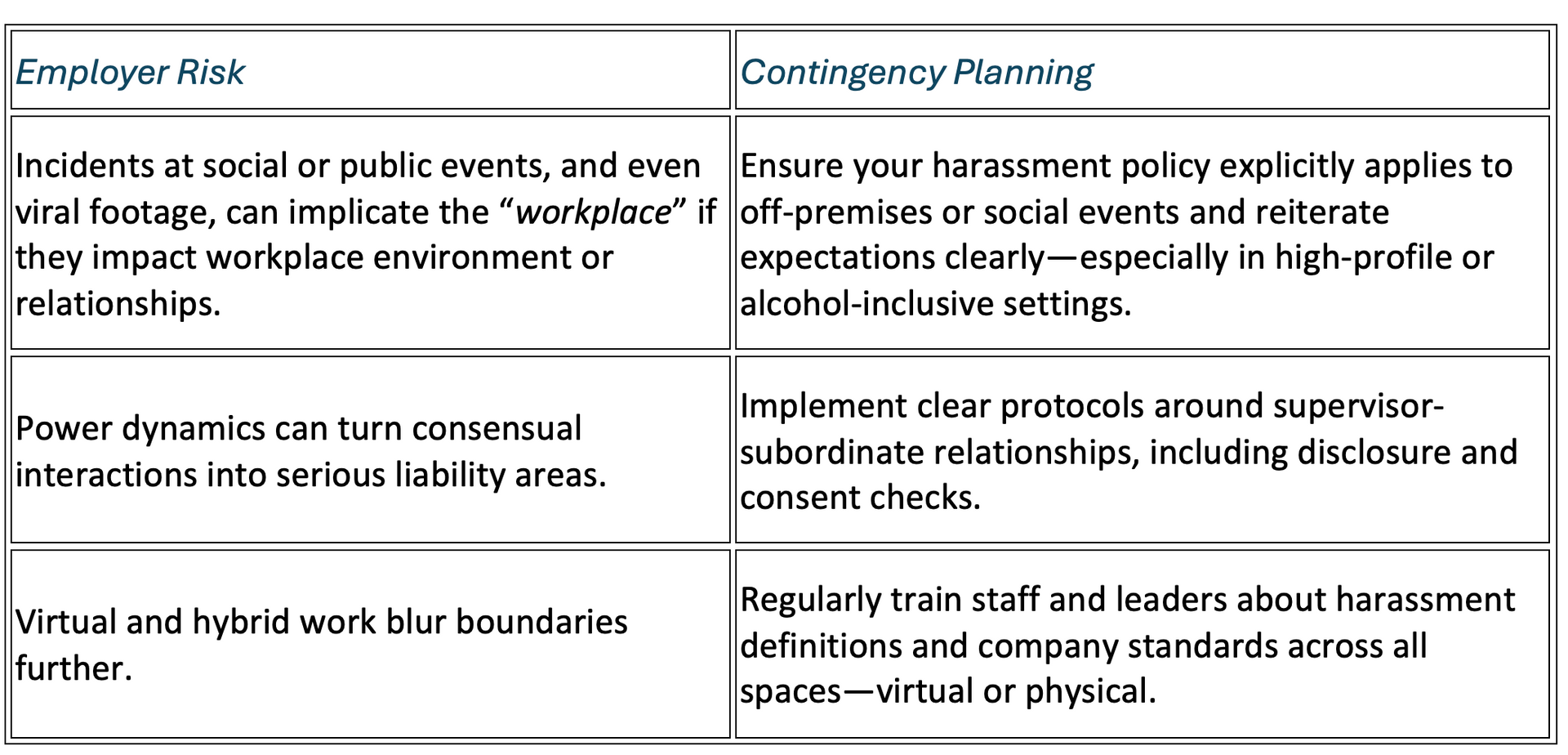
What is clear, is that the definition of ‘the workplace’ is not confined to being just the office and/or workplace. Employers must recognise that legal exposure can arise in other situations where colleagues interact. Clear expectations, practical training and well-communicated boundaries remain the best protection against blurred lines and reputational fallout.
Please share Boardside's expertise and insights with colleagues and associates. Thank you.
Working closely with you, we can navigate the hurdles you face, to build a stronger business and to achieve commercial advantage. Call us for an initial conversation on 0330 0949338


